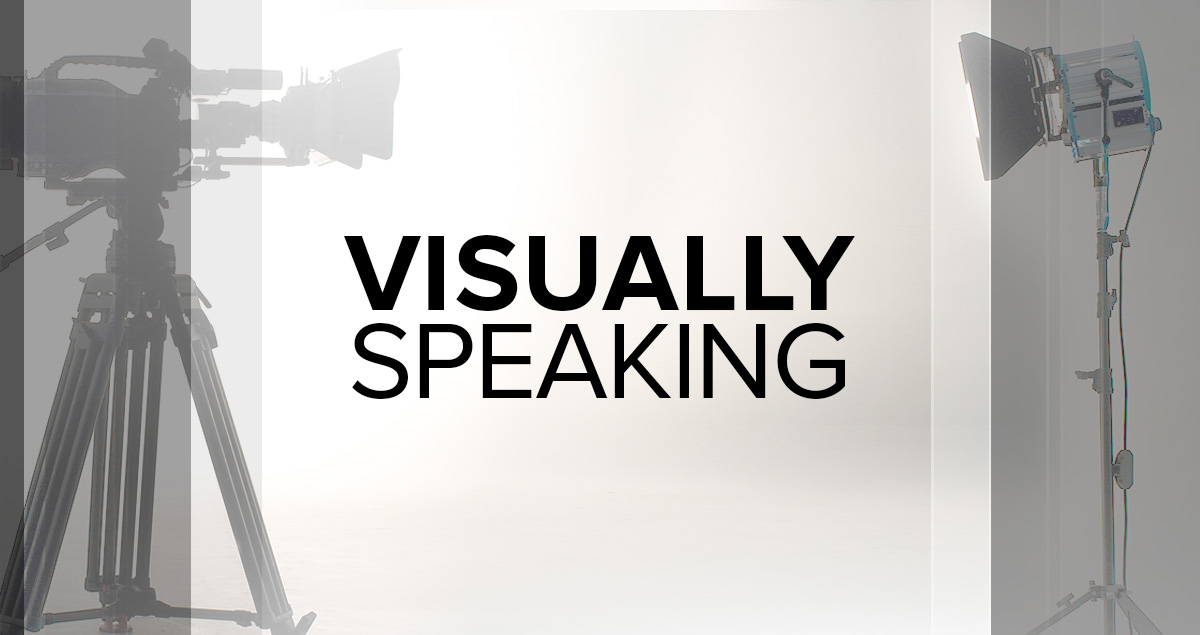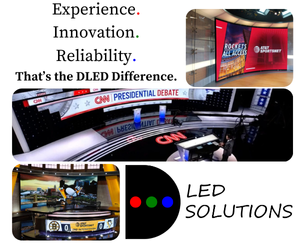Visually Speaking: How about a moment of truth and clarity?

Subscribe to NCS for the latest news, project case studies and product announcements in broadcast technology, creative design and engineering delivered to your inbox.
Let me get this out of the way first. This is a rant. Although lots of folks out there may not agree with me, I want to stir up a storm of thought, doubt, and skepticism. And in light of my firm belief that no solution is 100% appropriate, 100% of the time, let’s get started.
Why would you light a studio at 5600K? That’s rhetorical. I’ll tell you why I think so many studios are being specified this way.
We see and contradict that specification on a regular basis. And we don’t think that 5600K is a bad thing when it’s really the best solution. It’s just not the best solution for an indoor studio. Not if you’re on air talent or the station staff or the viewer.
Here’s a sad fact: As we age, very small blood vessels grow and sometimes rupture resulting in small blue veins on the face. Concealer will help obscure these but the higher blue content of light in a 5600K studio will often make the veins show through the concealer. You can cake on more makeup but that starts to crack and flake and just substitutes one problem for another. Additionally, the slightly warmer white balance of a 3200K studio is typically kinder to most talent. And for those of you raising your hands about “white is white,” no it’s not. There are perceptible differences and this is one result.
Sad fact #2: Scenic design firms love to specify 5600K because it’s closer to the native color temperature of the monitors on set. And if they’ve specified cheaper consumer monitors with very limited gamuts, it’s even more of a factor because those monitors are more difficult to color correct. Tough! If a monitor that is barely adequate for the job is part of the specification, it’s a bad specification. What’s more important, the monitor or the talent? Stations sell themselves based upon their teams of talent. Let’s make that the priority, please.
So why specify 5600K?
Some designers want the set and monitors to have the same illumination characteristics. We find that if the color temperature of the monitors is too close to the color temperature of the lights, the graphics are perceived as dingy. Your television at home is a little blue, it’s what we’re used to. Let’s speak to the viewer in his/her native visual language.
Other firms want to accommodate the cheapest monitors they can specify. That’s not an act of fiduciary kindness. It’s usually an attempt to keep as much money in the scenic part of the budget as that’s a profit center for the shop and hence the design firm that owns that shop. Ask your engineering staff how much fun it is to get several of the cheaper consumer monitors to really match. If you end up buying a bunch of color correctors just to get your cheaper monitors to work marginally well, how much did you really save?
Does your lighting/scenic company sell you your new lighting instruments? Probably yes. Why would they be so anxious to make all your incandescent inventory obsolete? To sell more new instruments? Maybe. We do a lot of consulting on LED conversions. Doing them correctly is often more expensive that the client imagined so we will do two or three phases and utilize existing inventory if possible. It allows our clients to own better gear by buying it over several cycles. But we don’t sell gear so it’s not a profit center for us. If we sold gear we might want to get as much up front as well.
Is 3200K the real answer? For some situations it is. For others, it is not. But the client will never know that if lighting is a secondary design element if the selection is based upon restricted choice based on commissions and other deals, and if the lighting designer is restricted in making gear choices as a result of these sales deals.
So yes, I’m calling out a lot of people in our industry. They have two choices. They can flame me and dispute all of the above or they can actually up their game and serve their clients better.
At Angry Badger, we do not see any option but the latter.
LS
View more columns by Len on NewscastStudio.
Subscribe to NCS for the latest news, project case studies and product announcements in broadcast technology, creative design and engineering delivered to your inbox.




tags
advice, color, color balance, elements of lighting design, LED Lights, lenny sommers, lighting, lighting design fundamentals
categories
Broadcast Lighting Design, Featured, Lighting and Lighting Design, Voices